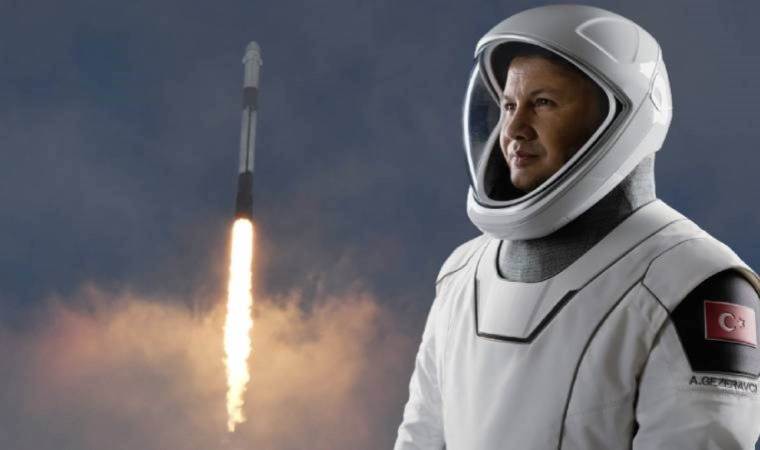US achieves first moon landing in 50 years
A spacecraft, engineered and operated by the Texas-based Intuitive Machines, made a historic landing near the moon's south pole on Thursday. This event marks the first US touchdown on the lunar surface in over fifty years and the first ever by a private company.

NASA, which had several research instruments on the vehicle, celebrated this landmark as a critical step toward deploying commercial spacecraft for scientific missions on the moon, setting the stage for astronaut missions later this decade.
However, initial communication issues post-landing sparked concerns about potential damage or obstruction to the vehicle. The unmanned robot lander, named Odysseus, successfully landed at approximately 6:23 p.m. EST, as confirmed by the company and NASA during a live webcast from Intuitive Machines' mission operations center in Houston.
The descent faced a tense moment when a glitch in the spacecraft's navigation system necessitated a last-minute, untested solution by ground engineers. After a brief radio silence, mission control struggled to re-establish communication with Odysseus, located some 239,000 miles from Earth.
Upon restoring contact, the faint signal indicated a successful landing but left the vehicle's condition and orientation uncertain. "Our equipment is on the moon's surface, transmitting, so congratulations to the IM team," mission director Tim Crain announced. Later, the company confirmed via social media that Odysseus was upright and sending data.
The weak signal raised suspicions that the spacecraft might have landed near an obstacle, potentially impacting its mission. Thomas Zurbuchen, a former NASA science chief, speculated that a single rock could be causing the obstruction.
NASA Administrator Bill Nelson hailed the landing as a "triumph," noting that Odysseus had reached the moon. The spacecraft, which didn't broadcast live video of its landing, is believed to have settled in Malapert A crater near the lunar south pole. This milestone follows Odysseus's lunar orbit entry and its launch from Florida a week earlier, marking the first US-controlled lunar descent since the Apollo 17 mission in 1972.
To date, only five countries have achieved moon landings, with the US being the only nation to have sent humans. Odysseus carries scientific instruments for NASA and commercial clients, aiming to operate for seven days on solar power.
The mission, launched atop a SpaceX Falcon 9 rocket, signifies the dawn of NASA's Artemis program, aiming for a crewed lunar return before China. Artemis missions focus on the moon's south pole, eyeing its potential water resources for life support and rocket fuel.
Odysseus's success underlines the role of smaller, private missions in reducing costs and risks associated with lunar exploration, despite recent setbacks faced by other companies. This mission, spearheaded by Intuitive Machines co-founder Stephen Altemus, underscores the burgeoning partnership between NASA and private industry in advancing lunar exploration.



